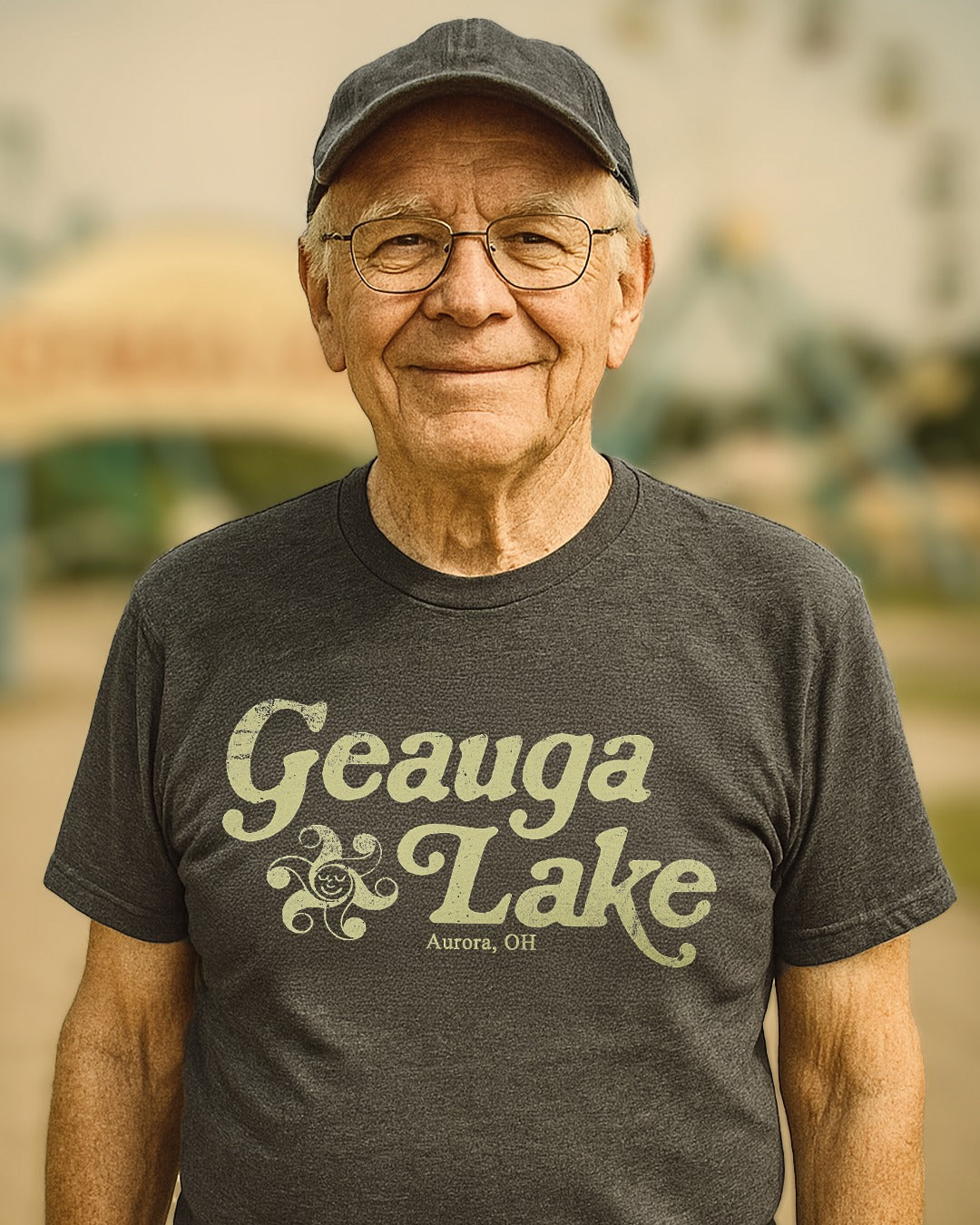Some people thought it was a crazy idea. Looking back now, the idea of a world’s fair in Seattle makes perfect sense. However, in 1962, Seattle was not the cosmopolitan metroplex it is today. While certainly not some backwater pioneer town, the Emerald City then wasn’t held in the same standing as other cities in the U.S. and overseas that had hosted a world’s fair. Still, starting in the early 1950s, city leaders forged ahead with the idea of bringing such an event to Seattle.
It was mayor Allan Pomeroy who got the ball rolling soon after taking office in 1952. He brought civic and business leaders together to bring the plan to life. Organizers had hoped for an opening date in 1955 but that quickly proved to be unrealistic.
By 1956, a bond issue had been passed to obtain the necessary funds which were, in turn, matched by the state in 1957. By 1960, the Bureau International des Expositions (BIE), the sanctioning body of world fairs and expositions, approved Seattle’s bid, now called the Century 21 Exposition. Seattle beat out proposals from New York, Moscow, Paris, and San Francisco along the way. With funding in place and the endorsement of the BIE sorted, it was time to plan the actual fair. As plans continued to unfold, Seattle was becoming known for its contributions to the aerospace industry and as such, Man in the Space Age was chosen as the fair’s theme.
Planners knew that for the Century 21 Exposition to be taken seriously, it needed big ideas. It was Edward Carlson, a hotel, and airline magnate, who came up with the idea for the Space Needle. Inspired by the Eiffel Tower in France and the Tokyo Tower in Japan, Carlson sketched out his vision on a napkin. It was essentially a flying saucer on a stick. Architects John Graham and Victor Steinbrueck helped flesh out the final design, which has gone on to be the defining symbol of Seattle.

Another unique and lasting feature of the Century 21 Exposition was the monorail system, built by Sweden’s Alweg corporation. That organization's big break came a few years earlier in 1959, when it opened the Western Hemisphere’s first regularly operating monorail system at Disneyland in California. Running from what is today Westlake Center, the monorail follows Fifth Avenue to the old fairgrounds, today known as Seattle Center.

Stunning as those iconic projects were, though, the fair needed to attract exhibitors. That proved to be no easy task, as organizers fanned the globe in an attempt to get businesses and governments to sponsor exhibits. Their efforts paid off of course as several major corporations sponsored exhibits and pavilions, while 24 countries were represented in some way.
The fair opened on April 21,1962 with President Kennedy doing the honors, by phone. However, the crowds were sparse on opening day which greatly worried fair organizers. Apparently, potential visitors were skittish about showing up the first weekend for fear of the massive crowds that were predicted. Attendance soon picked up, though, with the fair drawing over 10 million visitors. Elvis Presley even filmed a movie, It Happened at the World’s Fair, at the exposition.

The fair closed on October 21, 1962. It could have probably gone on longer, but BIE rules dictated a world's fair or exposition could only run for 6 months. Nonetheless, it left an indelible mark on Seattle and the world.
While half of the buildings and attractions were torn down shortly after the fair ended, many remain open to this day including the International Fountain, the arena (now KeyArena), the Museum of Pop Culture, and The Pacific Science Center.
Two years after the Century 21 Exposition, New York held its second world’s fair. It had hosted one in 1939 and riding a wave of nostalgia, organizers felt another one was due. The New York World’s Fair, though, was not sanctioned by the BIE. That lack of backing had little effect as the fair ran for 2 years and was a massive success both in terms of attendance and exhibitor participation.
Still, the Century 21 Exposition is far more impressive, as it introduced many of the things that would be featured at the New York World’s Fair. Also, Seattle had much tougher go of putting on such an event and did a masterful job it, one that people still talk about. New York had multiple resources at its disposal and the advantage of simply being New York.
Since then, several North American cities have held world’s fairs or expositions with varying degrees of success. Expo ‘67 in Montreal and Expo ‘86 in Vancouver did quite well. HemisFair ‘68 in San Antonio, though well-attended, fell short of projections and lost money. The 1982 and 1984 World’s Fairs in Knoxville and New Orleans, respectively were slightly disappointing. There hasn’t been a world’s fair or exposition held in the Western Hemisphere since the one in New Orleans.
Seattle, it seems, hit that sweet spot between 20th-century traditions and 21st-century expectations.



